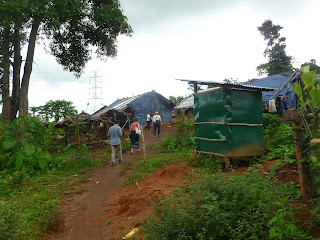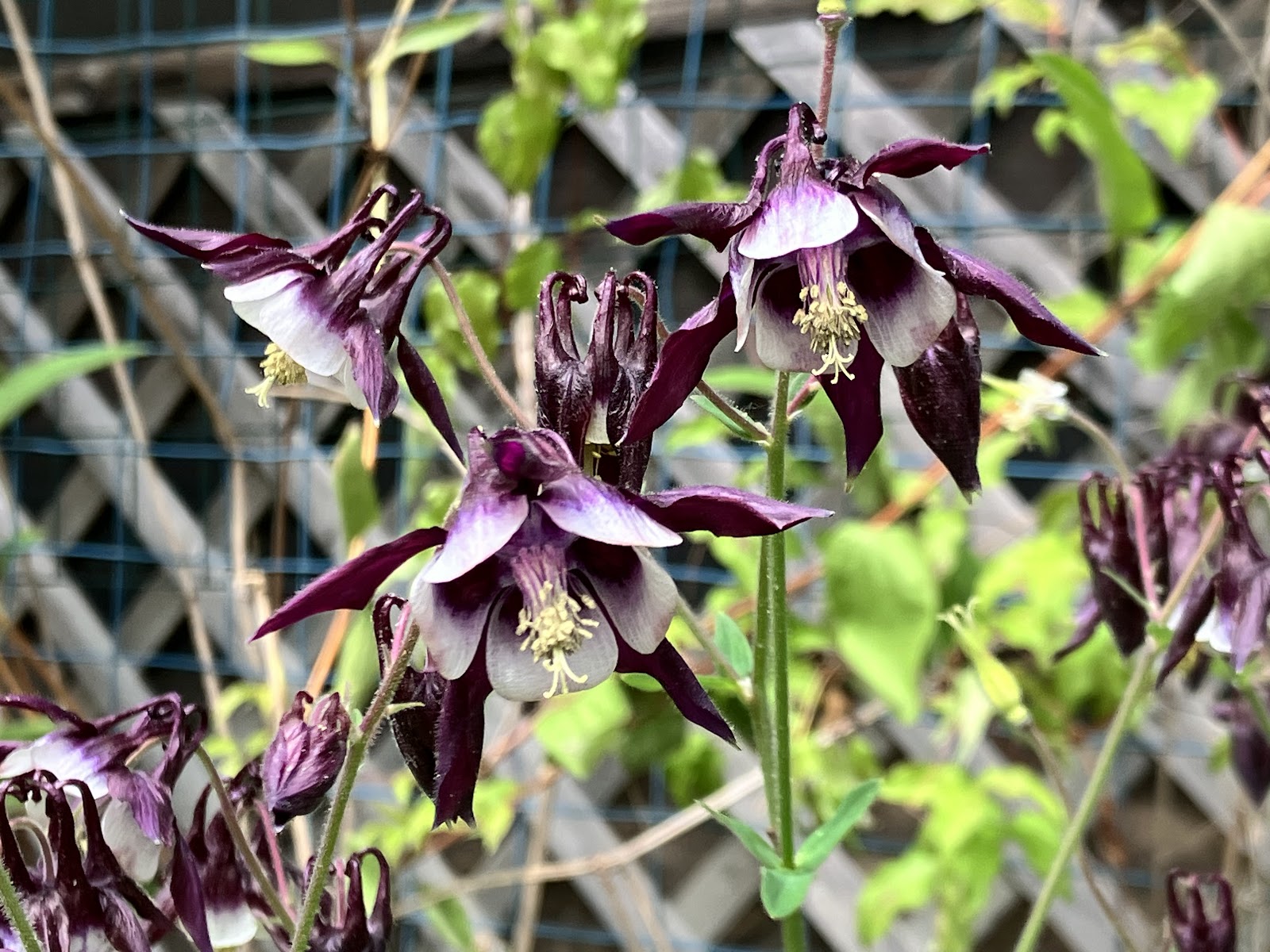Home, Sweet Home
In the news, we hear about the ethnic cleansing of Rohingyas in Burma. Unfortunately, they are not the only people being oppressed in the country.
Burma is not a homogenous population. It is actually a nation of many different ethnic groups, with Brama being the majority of the population, particularly in the central part of the country. For decades, the country of Burma has been undergoing civil wars. There are fights among minority ethnic groups. Most times, however, the fightings are between the military of the ruling majority and ethnic militias.
Hearing about reports is one thing; meeting the people in person and listening to them recount what happened in their lives is another. During my visit to Burma last year, I got to sit in at interviews with military abuse victims. Their stories are heart-wrenching.
According to the interviewees, sometimes, military fight with and chase after militia groups into villages. Sometimes, they just invade villages based on their belief that the villagers are sympathizers of minority militias. Often times, after the military enters a village, their routine is to round up all the villagers. The men are on one side; the women and the children are on another. Many times, women are physically abused and/ or raped by troops. The men themselves are lined up for interrogation. The villagers are in no position to fight the armed soldiers.
Usually, the younger, stronger men are given a tougher time because they are "more suspicious" and
are "more likely to be militia operatives". As we learnt from talking to victims of military abuse, if you tell them you don't know anything, they say you are lying and they beat you. If you say you notice something and tell them what little you know, they beat you and force you to tell them more. If you cannot, you get more beating because "you must be hiding something". You are now considered an accomplice. In addition to beating, they may also arrest you and take you away for more torture and questioning. Sometimes villagers get killed. There is absolutely no win in the situation.
Many times, after invading a village and torture the people, the military would destroy the village before they leave by burning down the houses and the fields. They would also take away or burn the food reserve of the villagers. Sometimes they bring dead bodies of people they kill and burn the corpses in the villagers' houses. It is as if they are determined to give these country folks hell.
Most villagers are subsistence farmers. After the invasion by the military, they cannot live in their village anymore, first, because they fear the military will come again. Second, they have nothing to live on anymore. Furthermore, some are just too scared to stay because they believe their village is now haunted after people have been killed and dead bodies of victims have been burnt there. So, these villagers run away. However, given they live in mountainous, poor, rural areas, where can they really run to? Who can help them?
Many times, groups of villagers would flee to nearby villages to find shelter. These people who are driven away from their homes to drift around are categorically called "Internally Displaced Persons".
At the beginning, their new neighbors may spare some of what they have, out of sympathy. Yet, this never lasts long because these kind Samaritans, themselves, do not have much. With time, conflicts ensue because these newcomers have become competitors for resources (for basic things like water and firewood, for example). Unlike the locals, IDPs do not have land to farm for food. They have to look for work. It does not take long for them to be accused of stealing jobs from people, and to be blamed for crimes and other problems in the community.
We were very lucky that, through the help and connections of activist groups, we got to visit several Internally Displaced Persons (IDP) camps.
 |
| Entrance to camp #1 |
 |
| Processing bamboos to build more units |
In all the camps we visited, the "floor" of the residential units are just dirt. With the monsoon season approaching, to prevent flooding inside their units, often times trenches are dug around the periphery of the units so that rain water could be channeled away, and surface runoff would not reach inside the units. The only exception is the "community center/ town hall" of the camp. This "fancy" structure has concrete floor and corrugated sheet metal roofing over a timber frame. During the day, it serves as the nursery and school for children. The rest of the time, it doubles as the town hall for meetings and classes for adults.
 |
| Pouring concrete for new town hall |
 |
| Inside one residential unit at camp #3 |
 |
| Making tea . . . |
 |
| Elaborate kids playground at camp #2 |
It took three flights before we made it home from Yangon. The next day, I went to the grocery store to restock our fridge. I asked the clerk if they had the mini cucumbers I like. "I am very sorry," the clerk apologized profusely, "We are out of it today. We only have the other big ones. I know they are not as good, but that is all we have. My apologies."
"No, no, no! No need to apologize. It's okay." I felt a little lost looking at the huge produce coolers filled with beautiful fresh veggies of all sorts. "I do not need to have those cucumbers. You have at least five other kinds of cucumbers that I would happily eat. This is perfectly fine. Really." Thinking about the IDP camps I visited just a few day ago while standing in a fancy American grocery store filled with foods, all of a sudden, I was not quite sure what to make of such reality.
Thanks to that trip, I realize 90% of the so-called stresses in our lives are just first world problems. While we continue to work on making things better, I constantly remind myself that things could be way worse. We are such fortunate people.
 |
| Camp #3 on a hill side |
 |
| Shared lavatory at camp #3 |


Comments
Post a Comment